Inaba Shidare Red Japanese Maple – 3 Gallon Pot
$159.97 Original price was: $159.97.$99.99Current price is: $99.99.
SKU: D2LSC 3714616706 Category: JAPANESE MAPLE TREES
- Buy quality, buy with us.
- Your Security is Our Promise
- Sustainable materials, for a better tomorrow.
- SSL encryption, absolutely safe shopping

Inaba Shidare Laceleaf Japanese Maple
Acer palmatum var. dissectum ‘Inaba Shidare’
Plant Details
USDA Plant Hardiness Zones: 5a-9b Find Your Zone
Height at Maturity: 10’+
Width at Maturity: 10’+
Growth Habit / Form: Broad, Upright, Cascading, Weeping
Growth Rate: Moderate
Foliage Color in Spring: Deep Purplish Red
Foliage Color in Summer: Burgundy, Purple, Red
Foliage Color in Fall: Brilliant Red
Light Needs: Full Sun or Mostly Sun, Morning Sun with Dappled or Afternoon Shade, All Day Filtered Sun, Morning Shade with Evening Sun, Shade or Mostly Shade
Water Needs: Average, moderately drought tolerant when established
Soil Type: Clay (amended) Loam, Sandy (amended)
Drainage: Well drained soil is a must!
Soil pH: 5.0-7.0
Maintenance: Low
Resistances: Deer, Disease, Heat Tolerant, Insect Resistant, Sun Tolerant
Description
An impressive and unusually large growing red laceleaf Japanese Maple, Inabe Shidare is a fine specimen that can grow upwards of 12 feet tall and wide over time. Inaba Shidare is noted for its more upright form with cascading branches covered in lacy leaves that emerge a magnificent deep purplish red in spring, maturing to a soft purple to red in summer, and finally to a stunning bright red in fall. The 7-lobed, 6″ long leaves are deeply cut and dissected providing a beautiful soft texture in the landscape. Up close, you’ll see attractive, small reddish flowers in spring. A truly wonderful specimen make sure to leave this one ample room to grow!
Landscape & Garden Uses
To showcase its magnificence and beauty, the Inaba Shidare Japanese Maple is best used in the landscape as a focal point specimen to draw attention to a specific area of the home or landscape. That said, Japanese Maples are often used to accentuate entryways by planting one on both sides of an entrance, or spaced widely in small clusters of three. Inaba Shidare is an ideal selection for landscape beds or in a large container.
Suggested Spacing: 18 feet or more apart for space between plants
Container culture can extend the useful range of Japanese Maples. They are extremely easy to grow in containers, a practice taken to its most extreme form in the art of bonsai. Click on the link below under Helpful Articles for Japanese Maple container planting instructions.
Note: One Japanese Maple can make a landscape…that is, if you don’t overcrowd it with other trees and plants. Therefore, when choosing companions to plant under or around your Japanese Maple, make sure to select low-growing shrubs or groundcovers that won’t interfere at all with your tree.
Note: For our customers who live and garden north of USDA Plant Hardiness Zone 5a, where this Japanese Maple variety is not reliably winter hardy, you’ll be happy to know it can be grown in containers that can be brought indoors during winter and placed back outside when temperatures warm up in spring.
Growing Preferences
Though delicate looking, Japanese Maples are actually very tough and long-lived trees. They are very easy to grow. Container culture can extend their useful range. They are extremely easy to grow in containers, a practice taken to its most extreme form in the art of bonsai.
In their natural habitat, Japanese Maples are understory trees, growing in dappled forest sunlight at the edges of woodlands. Ideally they prefer to be grown in similar conditions. That said, there are many sun-tolerant Japanese Maple varieties, of which Inaba Shidare is one.
Most any average garden soil will grow Japanese Maples. They prefer a moist but well-drained soil rich in organic matter. As with so many other ornamental plants and trees, constantly soggy or wet soil can be problematic. So make sure to plant your Japanese Maple in a well-drained site.
Helpful Articles
Click on a link below to find helpful advice from our experts on how to plant and care for Japanese Maple trees.
How To Plant A Japanese Maple Tree In The Ground
How to Plant A Japanese Maple Tree In A Pot
How To Fertilize And Water A Japanese Maple Tree
How To Prune A Japanese Maple
Plant Long & Prosper!
Meet The Wilson Brothers & Staff
Questions? Contact Us!
Perfectly Beautiful!!!!————————————————–Thanks so much for the photo! Thanks for the kind words and wonderful review! We are so glad you are pleased and we hope you enjoy it for years to come! 🙂 Beth Steele | WBG
We received the tree promptly. It was healthy and well packed. Information on the purchase website was very additive pertinent to care of the tree. Initially we’re raising it as a large container plant. Per information available to increase the probability of the tree surviving and hopefully thriving, the soil in the pot is slightly acidic, the pot is placed on the east end of our house to avoid evening sun, the soil drains very well, we’re ensuring the soil doesn’t get dry but also ensuring the roots aren’t continually saturated, and aged mulch is 1″-2″ in the pot but pulled back 2″-3″ from the plant’s trunk. We’ve had high winds recently, and the plant has been in the wind more than what we understand is best for it. There is indication of some slight leaf scorch, but not enough to give any indication the tree is in trouble. The plant’s truck is green and appears healthy. A few weeks into owning the plant we’re optimistic. Eventually we hope to plant the tree in the ground. If so, significant soil prep. will be required. Our soil type is poorly draining clay. I think that’s pretty much a death sentence for a Japanese Maple.———————————————-Nah… It will be fine, just don’t overwarer. We are so glad you are pleased and we hope you enjoy it for years to come! Thanks for the kind words and great review! 🙂 Beth Steele | WBG
Be the first to review “Inaba Shidare Red Japanese Maple – 3 Gallon Pot” Cancel reply
Related products
Sale!
JAPANESE MAPLE TREES
Sale!
JAPANESE MAPLE TREES
Sale!
JAPANESE MAPLE TREES
Sale!
JAPANESE MAPLE TREES
Sale!
JAPANESE MAPLE TREES
Sale!
JAPANESE MAPLE TREES
Sale!
JAPANESE MAPLE TREES
Red Japanese Maple – Acer Palmatum ‘Atropurpureum’ – 1 Gallon Pot
Sale!
JAPANESE MAPLE TREES

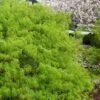





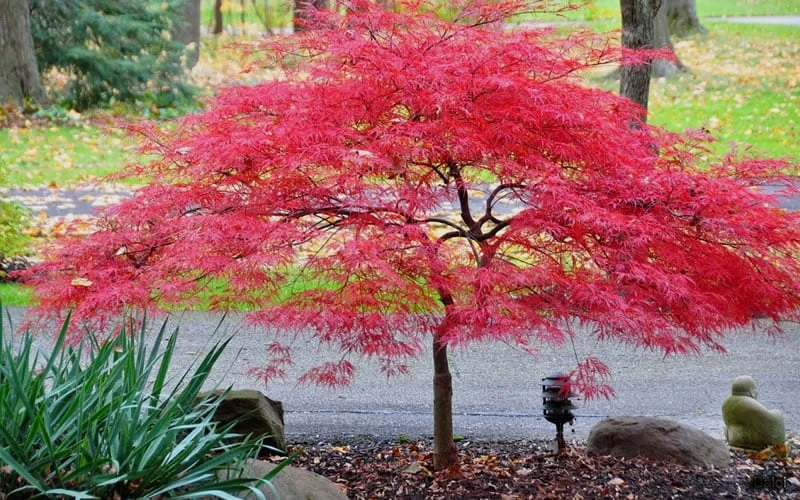
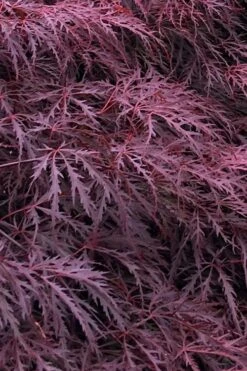


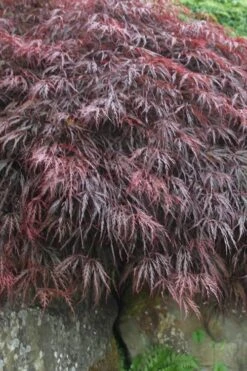


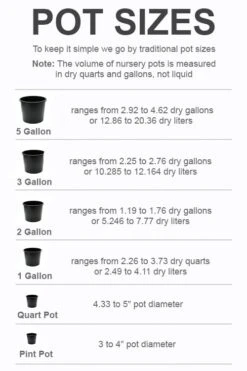
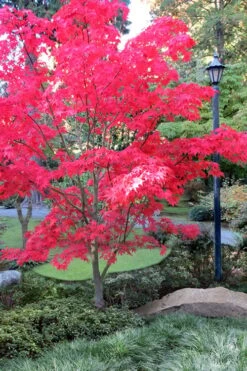
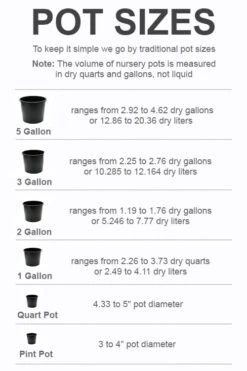
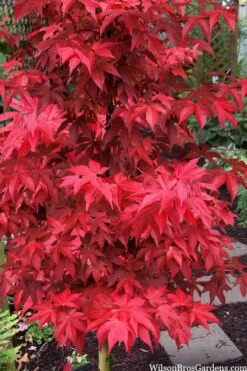
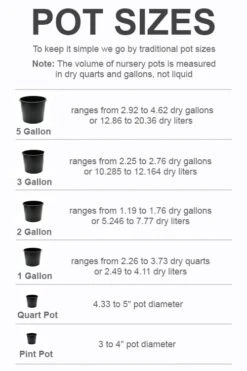

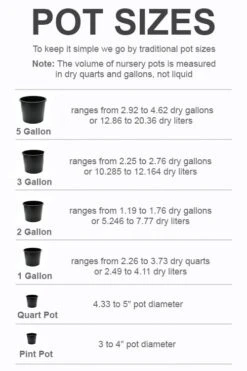




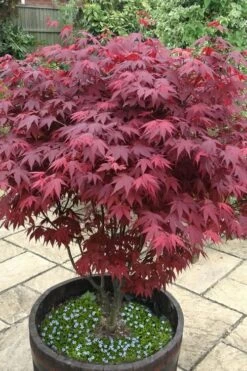



Reviews
There are no reviews yet.